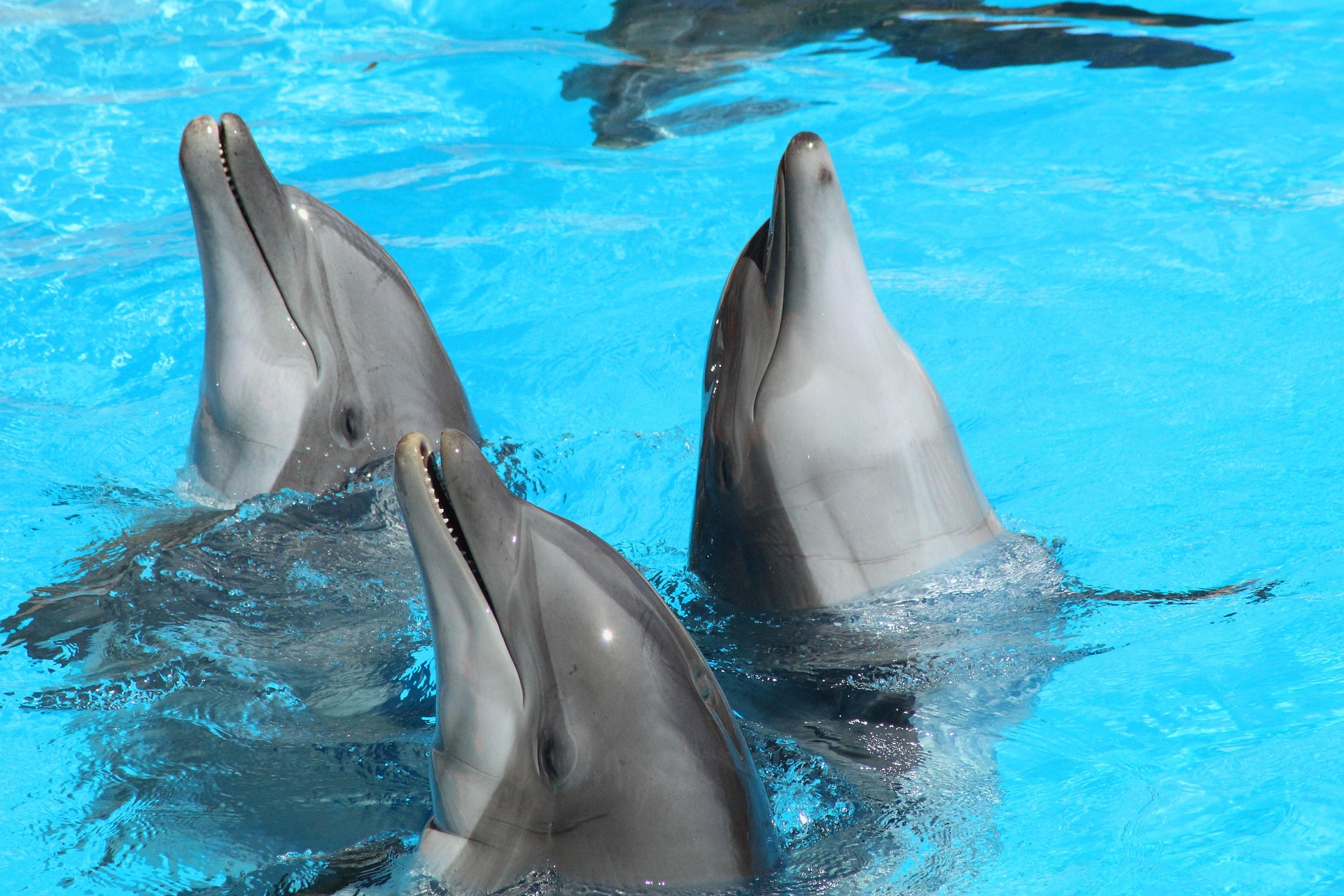Unveiling the Fascinating World of Animal Migration
Introduction: Journey with us as we delve into a remarkable spectacle of the natural world - the phenomenon of animal migration. Learn about the reasons, methods, and incredible lengths certain species go through in their seasonal travels. This extraordinary facet of animal behavior is a testament to the adaptability and resilience of nature's creatures.
Unraveling the Mystery of Migration
When we think of animal migration, the image that often comes to mind is a flock of birds flying in a V-formation across the sky. However, the diversity of migratory animals extends far beyond just birds. Various species, including mammals like wildebeests and whales, insects such as monarch butterflies, and even tiny krill, undertake epic journeys in search of food, safer breeding grounds, or favorable climates.
Historically, animal migration has been a topic of fascination and study for centuries. Early observations and theories revolved around birds disappearing in winter, leading to myths such as swallows hibernating underwater. It was only during the late 18th and 19th centuries, with the advent of bird banding and later, satellite tracking, that we began to understand the true scale and complexity of migratory patterns.
Modern Discoveries: Unprecedented Insights into Migration
In recent years, advancements in technology have provided unprecedented insights into the world of animal migration. For instance, the ICARUS Initiative, a collaborative effort launched in 2018, uses miniature tracking devices to monitor the movements of small animals, including insects and birds, from the International Space Station.
One of the most recent discoveries involves the bar-tailed godwit, a bird species that holds the record for the longest non-stop flight. One individual, tagged with a satellite transmitter, was recorded flying from Alaska to New Zealand—a staggering 7,500-mile journey—in just nine days.
Economical Aspects: The Impact of Wildlife Tourism
The spectacle of animal migration is not only a fascinating natural phenomenon but also a significant economic driver in many regions. The annual wildebeest migration in East Africa, for example, attracts thousands of tourists, contributing to the local economy. However, the cost of such tourism needs careful consideration as over-tourism can disrupt the animals’ natural behavior and lead to habitat degradation.
The Future of Migration: Climate Change and Conservation Efforts
As climate change continues to alter global weather patterns, the impact on migratory species is substantial. Changes in temperature and precipitation can disrupt the timing of migration, affecting breeding success and survival rates. The Arctic tern, which migrates from the Arctic to the Antarctic each year, is one species already experiencing such disruption.
In response, conservation efforts across the globe are working to protect critical migratory routes, known as flyways, and the habitats these animals rely on. These initiatives aim to ensure that future generations will continue to marvel at the spectacle of animal migration.
In conclusion, the phenomenon of animal migration is a testament to the wonders of the natural world. As we continue to explore and understand this incredible behavior, we also acknowledge the need to protect these species and their epic journeys for future generations.





